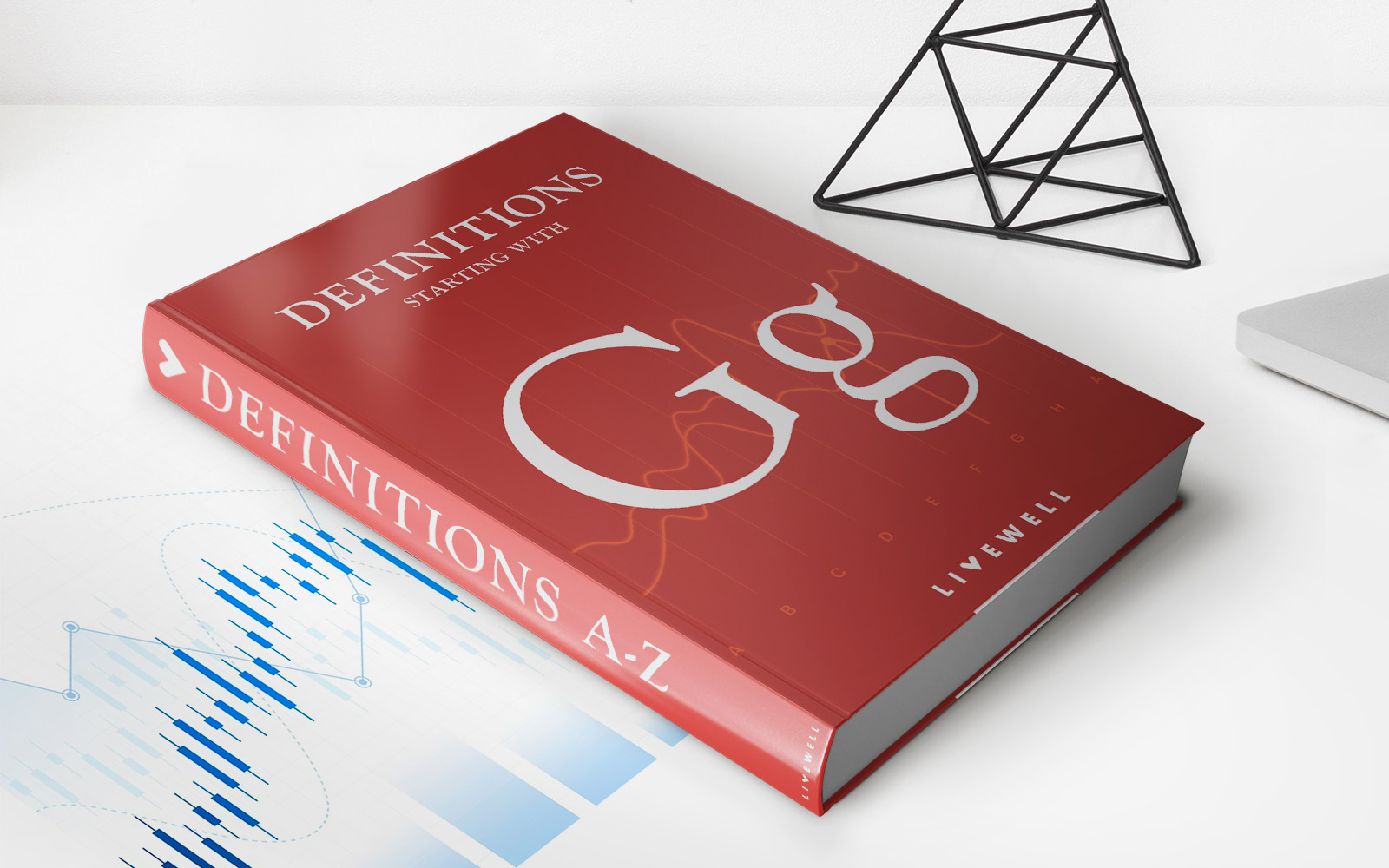Home>Finance>Continuation Pattern: Definition, Types, Trading Strategies


Finance
Continuation Pattern: Definition, Types, Trading Strategies
Published: November 2, 2023
Learn about the continuation pattern in finance, including its definition, types, and effective trading strategies. Enhance your financial knowledge and boost your trading success.
(Many of the links in this article redirect to a specific reviewed product. Your purchase of these products through affiliate links helps to generate commission for LiveWell, at no extra cost. Learn more)
Continuation Patterns: Definition, Types, Trading Strategies
Welcome to the Finance category of our blog! In this article, we will delve into the fascinating world of continuation patterns, a crucial aspect of technical analysis in the field of trading. Whether you are an experienced trader or a curious beginner looking to enhance your trading knowledge, this article will provide valuable insights into continuation patterns and how to use them effectively in your trading strategies.
Key Takeaways:
- Continuation patterns are technical analysis tools used to identify a temporary pause in a prevailing trend before it resumes in the same direction. They can help traders anticipate the continuation of a trend, enabling them to make informed trading decisions.
- There are various types of continuation patterns, including triangles (ascending, descending, and symmetrical), flags, pennants, and rectangles. Each pattern has its own unique characteristics and implications for traders.
Understanding Continuation Patterns
Continuation patterns, as the name suggests, indicate that an ongoing trend is likely to continue after a temporary consolidation or pause. They are formed by a series of price movements and can be observed across different timeframes, such as minutes, hours, days, or even weeks. These patterns can provide traders with opportunities to enter or add to existing positions in an established trend, maximizing potential profits.
Now, let’s dive into some of the most commonly encountered continuation patterns and their key characteristics:
- Triangles: Triangles are formed when the price consolidates within converging trendlines. They can be ascending, descending, or symmetrical, depending on the direction of the trendlines. Ascending triangles suggest bullish continuation, descending triangles suggest bearish continuation, while symmetrical triangles indicate indecision.
- Flags: Flags are rectangular-shaped patterns that occur after a strong price movement, representing a short-term consolidation before the trend resumes. They often indicate a continuation of the previous trend and provide traders with potential entry points.
- Pennants: Pennants resemble small symmetrical triangles and are formed by converging trendlines. They signal a brief pause in the trend before resuming and are considered bullish or bearish based on the direction of the preceding trend.
- Rectangles: Rectangles are formed by two parallel horizontal lines, representing a trading range or consolidation phase between support and resistance levels. Once the price breaks out of the rectangle, it is likely to continue in the direction of the prior trend.
Trading strategies involving continuation patterns require careful analysis and attention to detail. Here are a few strategies that traders commonly employ:
- Breakout strategy: Traders wait for the price to break through the trendline or support/resistance level of the continuation pattern before entering a trade. This approach ensures confirmation of the continuation and reduces the risk of false breakouts.
- Measuring targets: Traders can use the height of the pattern or the distance between support and resistance levels to estimate potential price targets once the continuation is confirmed. This allows for better risk management and setting profit targets.
- Volume analysis: Examining trading volume during the formation of the continuation pattern can provide additional insights. An increase in volume during the breakout can confirm the strength of the continuation.
In conclusion, continuation patterns are vital tools for traders to identify potential trend continuation, providing valuable insights into market dynamics. By understanding their characteristics and implementing effective trading strategies, traders can enhance their decision-making process and increase the likelihood of successful trades.
We hope you found this article on continuation patterns informative and helpful in improving your trading knowledge. Stay tuned for more insightful articles on finance and trading in our blog category. Happy trading!














